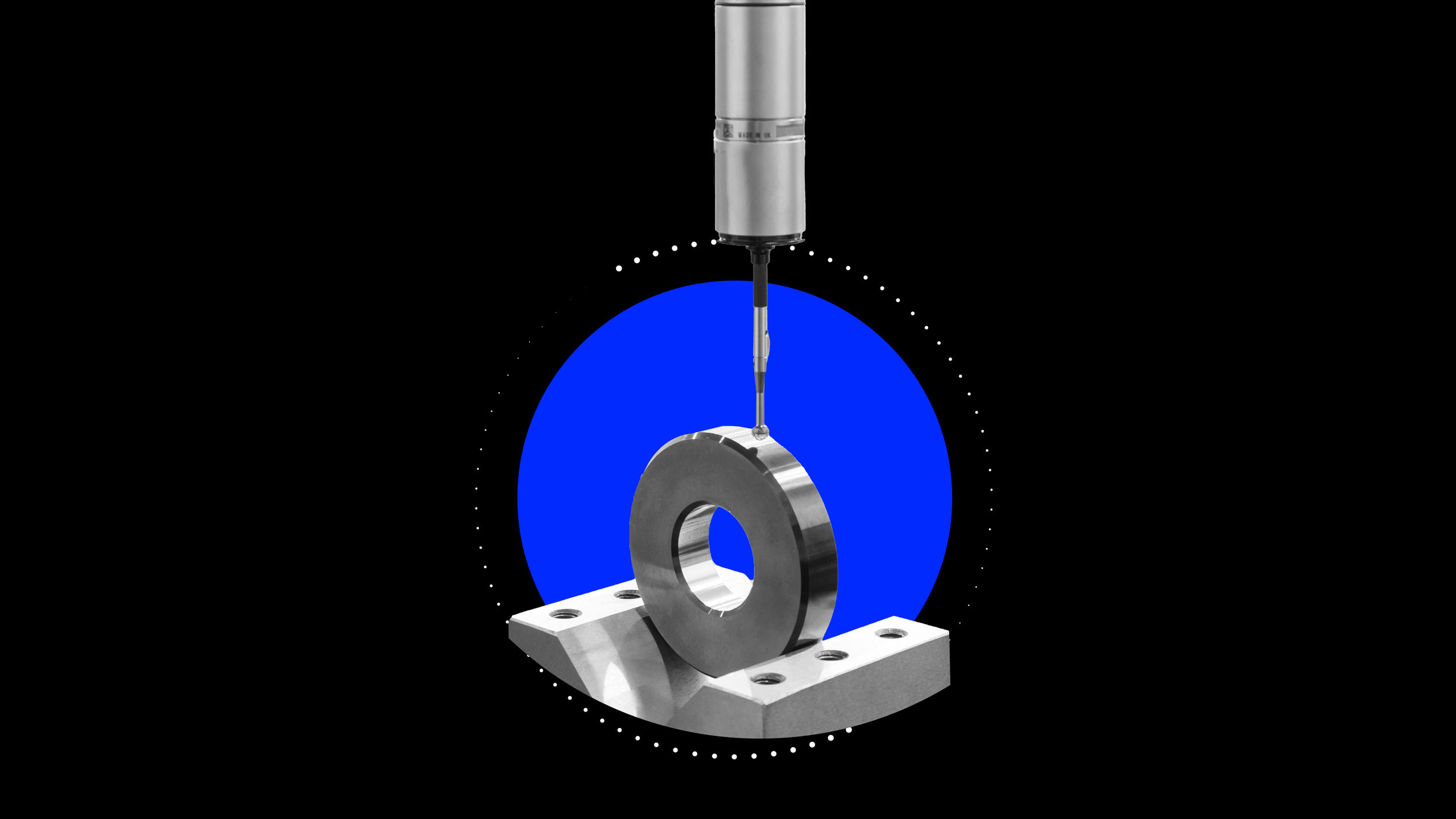
Make-to-stock manufacturing success relies on these two things
A make-to-stock (MTS) production process can be successful for manufacturers that are able to sell a high volume of goods and hold inventories for short periods of time. Therefore, MTS manufacturers need highly-optimized processes that can ensure production and inventory are correctly matched with sales forecasts.
Make-to-stock success factors and challenges
Make-to-stock, or “push,” manufacturing helps companies minimize customer wait times, make production scheduling and resource planning decisions in advance, and take advantage of economies of scale, as goods are usually produced in larger volumes than with a make-to-order (MTO) process.
The biggest challenges for a successful MTS production strategy then are to make sure you have highly reliable forecasts and an excellent inventory management process.
Jérémie Ghandour, Tim Lange, Andreas Seyfert, and Alessandro Turco discuss ways to improve customer demand forecasting in their Mckinsey report, “Consumer-goods companies must transform their planning end to end.”
“Leaders harness the capabilities of advanced analytics forecasting tools to strengthen their fact base and close the gap between demand forecasts and commercial targets,” the authors wrote. They cite the case of a beverage company that saw a 13% improvement in forecast accuracy by building the capability to “simulate the impact of commercial activities on demand” and integrating “machine-learning forecasting into its demand-planning processes.”
Looking at inventory management, the authors recommend companies adopt “integrated and highly automating planning processes and systems” that let them “react in real time to changes in demand or supply exceptions.” With automated, end-to-end planning systems, companies can better “react to changes in short-term forecasts, manage costs and inventories more effectively, and improve service levels.”
Predicting the future with data
In many ways, successful make-to-stock manufacturing relies on a company’s ability to predict the future. And to make accurate predictions, they need real-time data that gives decision makers visibility into every part of the supply chain.
The Netherlands-based, specialty vehicle manufacturer and Celonis customer, The Royal Terberg Group is a prime example of this.
“We’re not acting on something that we think is best. We’re acting on something that according to the data is the next best step to take,” Jorrit ter Horst, business process improvement manager at Terberg, told Celonis in 2018.
As George Terberg, Supervisory Director and former Chairman of the Board for Terberg, said, “The more data you know, the more you can analyze, the more information you get, the better you can predict the future.”
Celonis manufacturing customer stories:
ABB Increases Efficiency and Cost Savings with Process Mining
How RATIONAL AG Serves Up a Better Customer Experience and Drives Automation
How Mars Uses Process Mining to Improve Deduction Management
To find out more about how Celonis can help manufacturers optimize their make-to-stock processes, get in touch.



